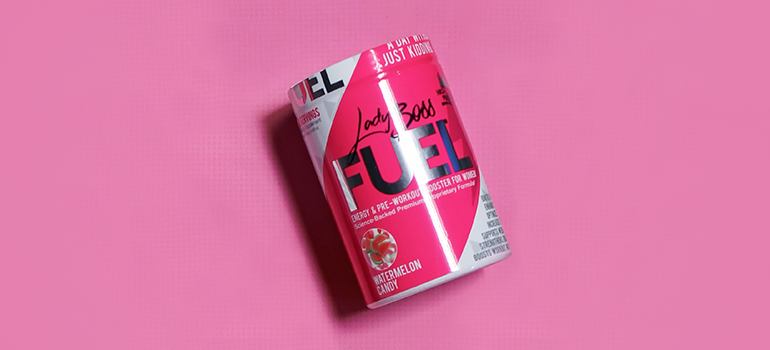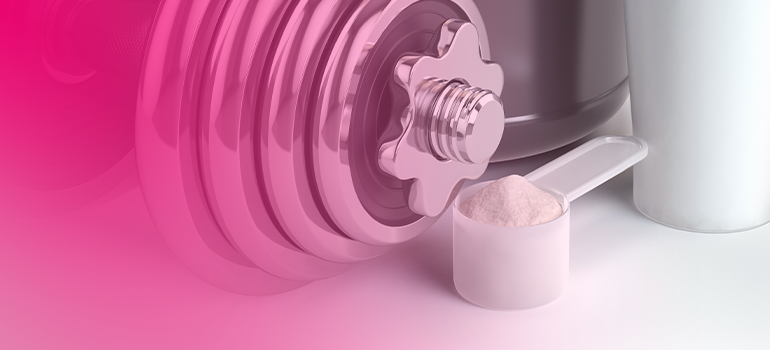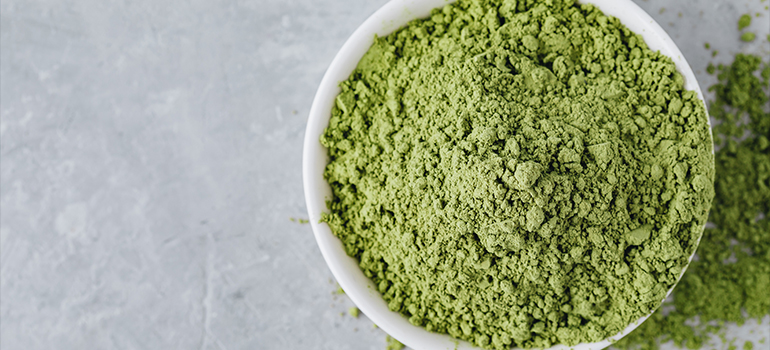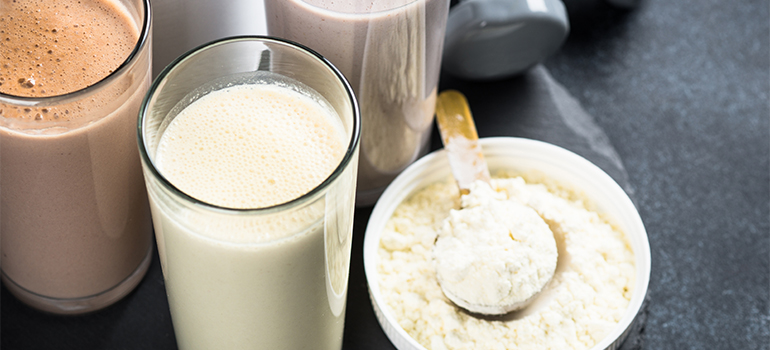Let’s talk creatine.
You know, the stuff our brothers and boyfriends used in high school to beef up for football season? You may be wondering what creatine could possibly have to do with you and your weight-loss pursuit.
Well actually, perhaps, more than you realize…
What Is Creatine?
Let’s clear the air first: creatine is NOT a hormone, it does not function like steroids, and will not lead to a masculine physique. Creatine is completely different both chemically and functionally from steroid hormones.
Steroids are derived from cholesterol and stimulate the production of protein. So what is creatine? Creatine is made up of amino acids and is used in energy production. Although it’s made from amino acids, the building blocks for proteins, creatine isn’t considered a protein. It’s broken down and metabolized differently. We’ll get to that in just a bit…
Where Does Creatine Come From?
Our bodies can generate creatine. As such, it’s not considered an essential nutrient. But, most of us are also getting small amounts of creatine in our diets through seafood and red meats like beef and pork. It may be easy to think of creatine as some lab creation for dudes, but creatine is already naturally present throughout your body, in your muscles and even in your brain.
How Does Creatine Work?
So you’ve already got creatine present in your body — what does creatine do?
First, let’s do a quick biology refresher: ATP (adenosine triphosphate) is our body’s energy currency. Any sort of exertion — from a blinking your eyes to burpees — requires ATP. Our bodies don’t store ATP well, so it has to be produced continuously.
Now let’s get into some deeper exercise science really quick…
Our bodies have three energy systems for creating ATP:
- The Aerobic System uses oxygen to burn carbohydrates and fats as fuel. Are you breathing right now? That’s right. You’re burning calories, Baby. This system is your body’s most efficient way to produce ATP for energy, but it’s slow-working.
- The Glycolytic System is fueled by carbohydrates. This is a quicker way for your body to produce energy than the aerobic system, but the fuel source gets depleted within a few minutes.
- The Creatine-Phosphate System is fueled by creatine phosphate. This system is the quickest way for your body to produce ATP, and as its name suggests, uses creatine in ATP synthesis.
The Creatine-Phosphate System, also called the Phosphagen System is the quickest, but least efficient way for your body to produce ATP. That’s because its fuel source is depleted within seconds. That’s why scientists began experimenting with creatine supplements back in the 1970s.
What Are the Benefits of Creatine?
Scientific research into various creatine benefits is fascinating. Healthline lists the following science-based benefits of creatine:
- Creatine helps muscle cells produce more energy
- Creatine supports many other functions in muscles
- Creatine improves high-intensity exercise performance
- Creatine speeds up muscle growth
- Creatine may help with Parkinson’s Disease
- Creatine may fight other neurological diseases
- Creatine may lower blood sugar levels and fight diabetes
- Creatine can improve brain function
- Creatine may reduce fatigue and tiredness
- Creatine is safe and easy to use
Much of the research in these areas is still new and there is insufficient data to give a rating of creatine’s level of effectiveness in some.
The National Institutes of Health (NIH) has a really cool Natural Medicines Comprehensive Database that compiles all sorts of scientific studies together in order to compare results and gives an overall score of effectiveness ranging through Effective, Likely Effective, Possibly Effective, Possibly Ineffective, Likely Ineffective, Ineffective, and Insufficient Evidence to Rate.
All of the NIH studies related to creatine compiled and creatine benefits were rated as Possibly Effective in the following areas:
- Age-related muscle loss.
- Athletic performance.
- Syndromes caused by problems metabolizing creatine.
- Muscle strength.
“Possibly Effective” may not sound great, but as research is generally always mixed, this is actually a really promising outcome for creatine.
Is Creatine Safe? Are There Side Effects?
The Mayo Clinic states that negative creatine effects may include:
- Muscle cramping
- Nausea
- Diarrhea
- Dizziness
- Gastrointestinal pain
- Dehydration
- Weight gain
- Water retention
- Heat intolerance
- Fever
… yikes.
BUT! Supplemental creatine has been vigorously studied for decades. The International Society of Sports Nutrition regards creatine as extremely safe and states that it is one of the most beneficial sports supplements available.
Girls Gone Strong points out that the weight gain seen with creatine is similar to what any woman would see when they begin weight lifting and are adding more muscle mass. So, it is not the creatine causing the weight gain per se.
And if you’re trying to lose weight, more muscle mass is exactly what you need. Muscle mass is more metabolically active than fat mass, meaning you burn more calories with more muscle. Creatine can help you change your body composition.
But what about creatine bloating? Interestingly, research shows that men tend to experience bloating with creatine more than women do. Water retention may happen in the first few weeks of using creatine, but this dissipates over time.
What about gastrointestinal distress from creatine? Nobody wants that! Studies show that only about 5 to 7% of people taking creatine experience such symptoms.
Should I Supplement with Creatine? What Kind?
According to the International Society of Sports and Nutrition, studies demonstrate that supplemental creatine increases the availability of creatine in muscles, much more so than dietary gains. Scientific observation also shows “improvements in high-intensity exercise performance leading to greater training adaptations” related to creatine supplementation.
What this boils down to…
Increased amounts of creatine in your muscles can be used to synthesize ATP more quickly, so you can work out at a higher intensity without fatigue setting in so rapidly. What does this mean??
Better training → larger strength gains → more calories burned → weight loss! Ding ding ding!
If you decide that you want to use creatine supplements, go with creatine monohydrate. Healthline provides the following reasons for why creatine monohydrate is the best choice:
- Creatine monohydrate has the best safety record
- Creatine monohydrate has the most scientific support
- Creatine monohydrate improves exercise performance just as well or better than other forms
- Creatine monohydrate is the easiest to find
- Creatine monohydrate is the cheapest
Ready for a Boost?
Creatine has been well-researched and is well-known for enhancing strength, increasing muscle mass, and improving exercise performance. If you’re looking to optimize your health and your athletic performance, creatine just might be a great option for you!
But, creatine doesn’t just build muscles without work. We’ve gotta put forth the effort, LadyBoss. We’ve gotta hit the gym and do those Afterburn at Home workouts. (Have you checked out the LadyBoss® Trainer for free yet??) Creatine cannot help us build muscle mass without exercise and resistance training.
Don’t wanna work out? Trust me, I hear ya. But we’ve got goals, right?! If you’ve got goals, you’ve got to get at it to achieve them!
Enter LadyBoss® FUEL, a.k.a. “Motivation in a Bottle”…
So have you tried this powerhouse powder yet? Not only does it taste like watermelon candy but… what?… LadyBoss® FUEL has creatine in it? Why, yes it does!!
LadyBoss® FUEL boosts your muscular and cardiovascular performance. If you’re going to work out and spend the time, maximize your results!
























